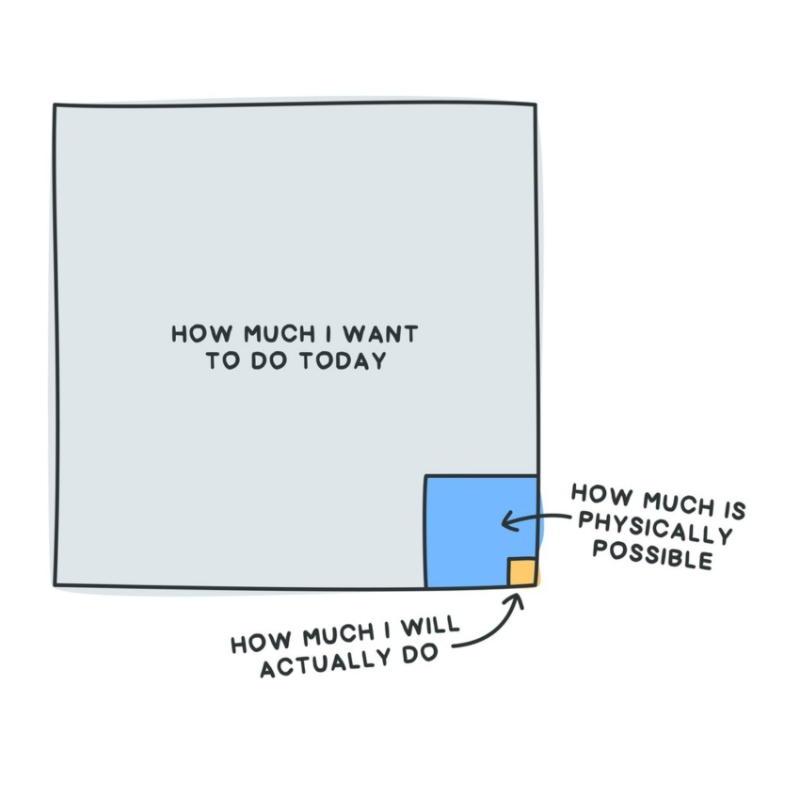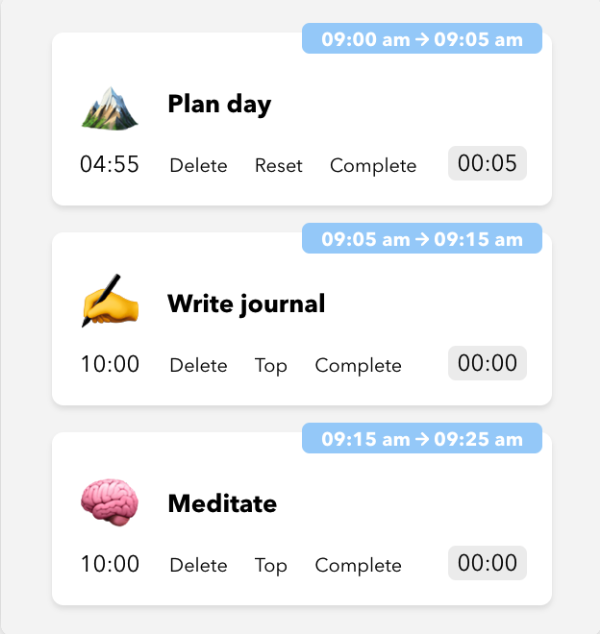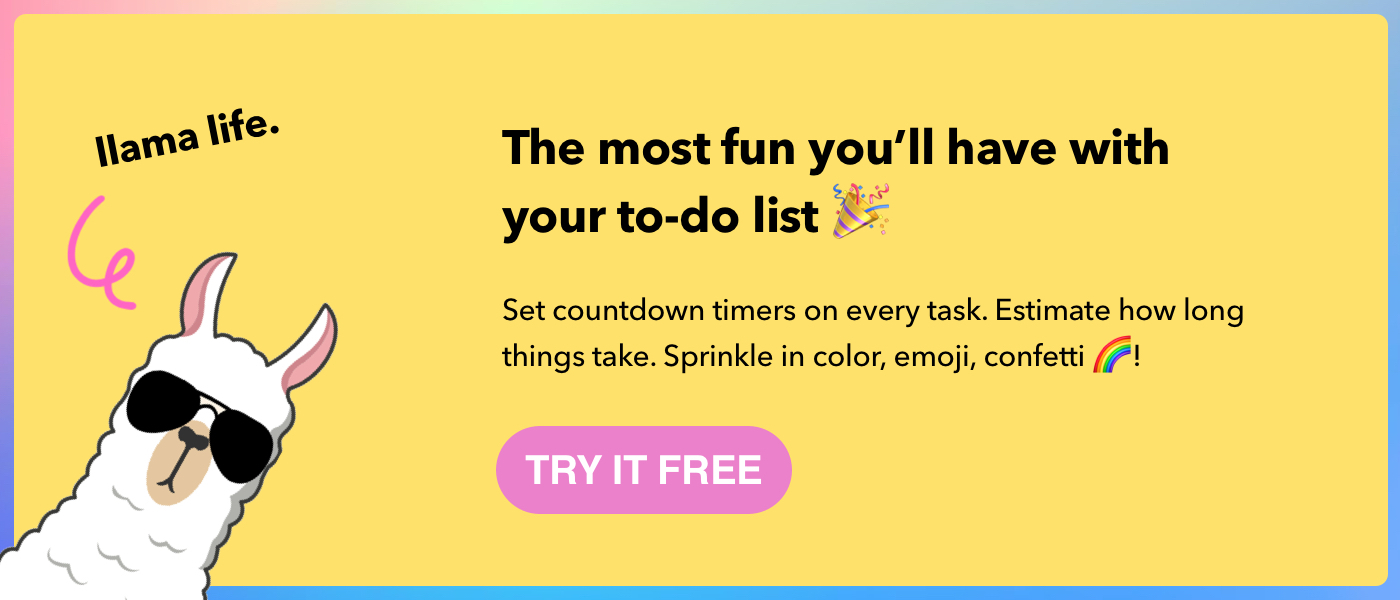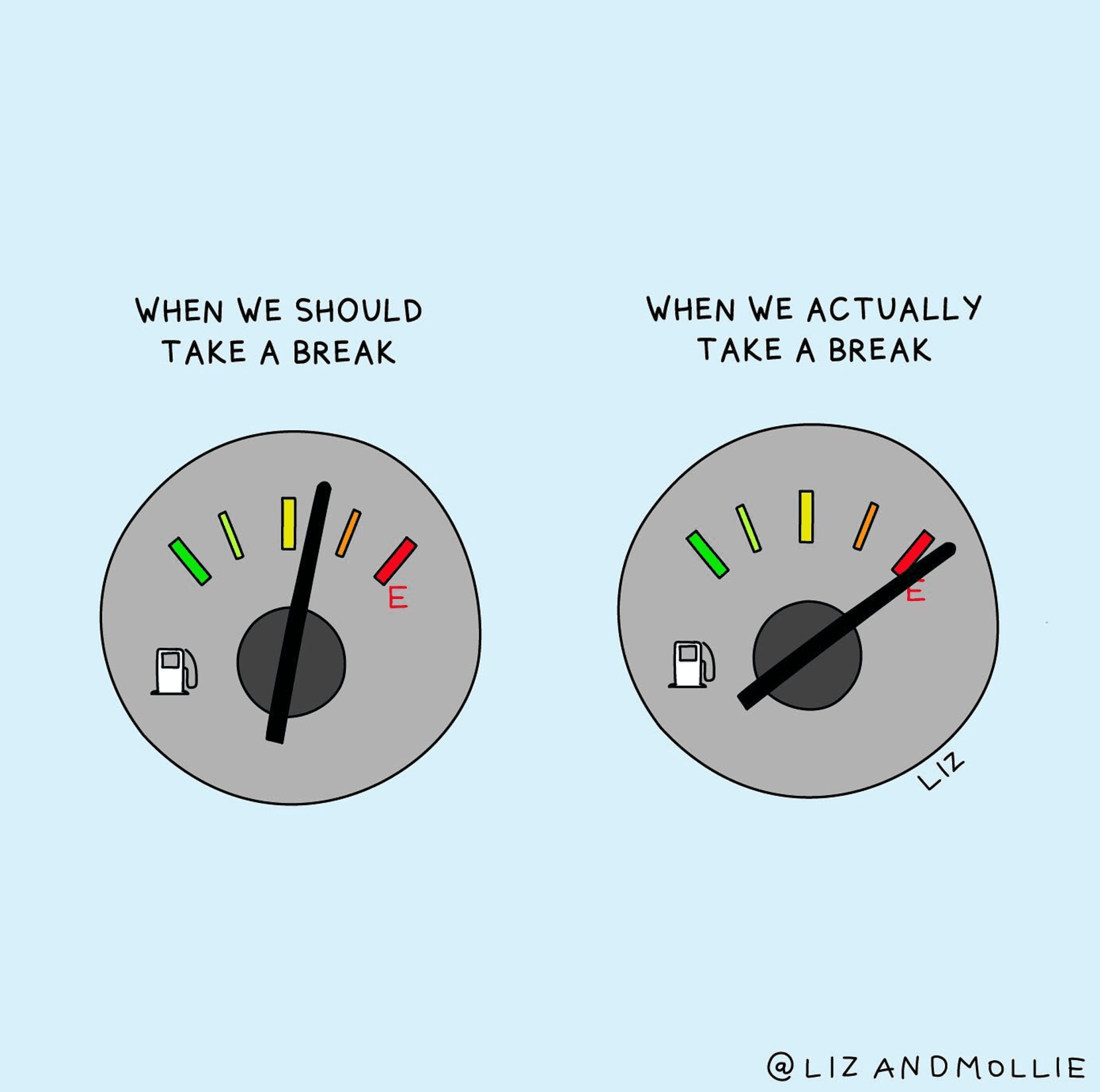What's a productivity method?
Productivity systems and methods are designed to help individuals and teams work more efficiently and effectively. There are many different approaches to productivity, and the best method for you will depend on your personal preferences, the specific needs of your work or project, and how your brain works.
Tips to help you find the best method for you
Finding the best productivity method for you can take some time and effort, as different methods may work better for different people and tasks. Only you know how you like to work!
A few tips to help you find the best method:
- Start by identifying the specific issues you're facing with your current productivity level. Are you having trouble staying focused? Are you having trouble prioritizing tasks? Are you feeling overwhelmed by the amount of work you have to do? Identifying these specific issues will help you choose a method that addresses them directly.
- Try lots of different methods. There are many different productivity methods available, so it's important to experiment with a few different ones to see which one works best for you. Start by trying one method for a week or two, and then move on to the next one if it's not working. You're not locked into any one method.
- Be flexible. Once you've found a method that works well for you, don't be afraid to make adjustments as needed. A productivity method that works great for a certain task or project may not work as well for others. Be open to trying new techniques and experimenting with different approaches.
- Keep track of your progress. Keeping a log or journal of your progress can help you to see what's working and what's not. This way, you can evaluate which methods are the most effective, and adjust your approach as needed.
- Seek advice and guidance. You can also seek advice from experts and people who have experience with different productivity methods, like coaches, trainers, or colleagues. They can provide you with guidance, tips and strategies to help you find the best method for you.
- Experiment with a combination of methods. It's also possible to use different methods at different times or for different tasks. For example, you can combine a time blocking method to schedule your day and the Eisenhower matrix to prioritize tasks, this allows you to have a full view of what you need to do, when and how.
Image credit: Janis Ozolins
What methods are there to try?
There are quite a few to consider! Some popular methods include:
The Pomodoro Technique
This method involves breaking work into short, focused intervals (typically 25 minutes) called 'pomodoros'. After each pomodoro, you take a short break (usually 5 minutes), and after every four pomodoros, you take a longer break (usually 15 minutes). This system helps to combat fatigue and maintain focus by giving your brain regular rest periods.
The Eisenhower Matrix
This method is a way to prioritize tasks based on their level of importance and urgency. The matrix is divided into four quadrants, with 'important and urgent' tasks in the top left, 'important but not urgent' tasks in the top right, 'not important but urgent' tasks in the bottom left, and 'not important and not urgent' tasks in the bottom right.
By sorting your tasks into these categories, you can focus on the most important and pressing tasks first, while still leaving time for the less critical but still important tasks.
The Getting Things Done method
This system is for organizing and managing tasks and projects. It involves five steps: capturing, clarifying, organizing, reflecting, and engaging.
The method is based on the idea that by breaking tasks into smaller steps and making sure that you have a system for capturing and organizing new tasks and ideas as they come up, you'll be better able to stay on top of your to-do list and make progress on your goals.
Timeboxing
Timeboxing is a technique that involves allocating a specific, fixed amount of time to complete a task or set of tasks. This can be a useful way to stay on track and make the most of your time. You can try timeboxing by using Llama Life to set a time limit for each task. By making sure you're not spending too much time on a single task at the expense of others, and you can also ensure that you're making steady progress throughout the day.
It also helps to reduce procrastination and indecision as you set a clear goal to finish the task in a certain amount of time.
Time blocking
This approach divides your day into blocks of time and assigns specific tasks to each block. By doing this, you're able to stay on top of your schedule and ensure that you're making the most of your time. With this method, you are also able to schedule specific tasks at the time of the day when you are the most productive.
The Kanban method
This method is based on the principles of just-in-time manufacturing and it’s widely used in software development and agile methodologies. It’s visual and flexible, it allows you to prioritize and organize tasks in columns, showing the progress of each one.
Make most of your time and energy
Ultimately, it's important to remember that productivity is not just about getting more done, but also about working smarter and making the most of your time and energy. So don't get too caught up in finding the perfect method, instead, focus on what works for you and what makes you feel productive.
Once you've figured out what works for you - use Llama Life to support your chosen productivity method!





